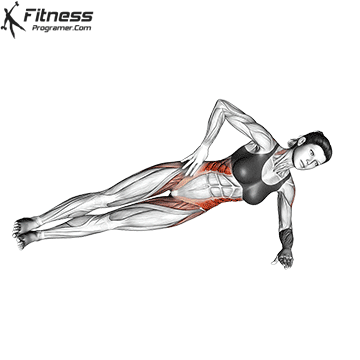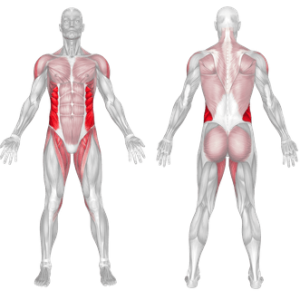How to Side Bridge

Side Bridge Benefits
- It is a very useful exercise because it works many muscles at the same time. Although it is applied to strengthen and shape the oblique abdominal muscles, it can benefit the flexibility and strengthening of other muscle groups.
- Side bridges especially focus on the hips, engaging other synergists such as the psoas major, quadratus lumborum and hip adductors. Quadratus lumborum is a rectangular muscle located deep in the abdomen and located on either side of the lumbar spine. Keeping this muscle strong can help reduce your risk of back injury.
- The lateral bridges also affect muscles of the upper thigh, including the tensor fasciae latae, gracilis, pectineus, shoulder and upper back, supraspinatus, trapezius.
Muscles Worked in The Side Bridge

